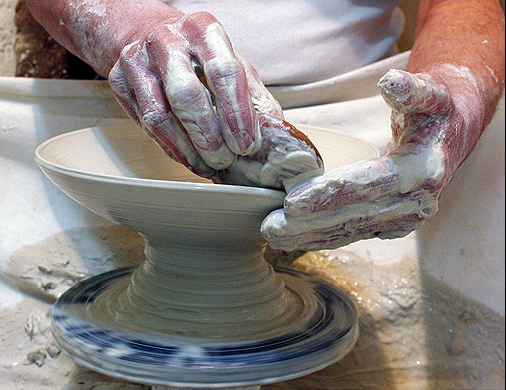
Nain Carpet
Carpet weaving is an ancient art that has been associated with the name of Iran since the distant past such that it can be considered one of the manifestations of Iranian culture and civilization. The patterns of Iranian carpets originate from the feelings and talents of the artist and the weaver.
Iranian carpet-weaving artists have adopted and developed methods and designs that are compatible with their culture and history. Today, in every corner of Iran, there is a special and unique form of carpet weaving that tells the story of the specific culture of that region. Nain carpet, with its independent identity, is considered one of the most well-known types of Iranian carpets.
Where Is Nain Located?
Nain is the largest county of Isfahan Province, which is located in the east of this province. Nain has a desert climate and receives little rain. The people of Nain speak dialects close to that of the people of the central regions of Iran. The history of human settlement in Nain is believed to be four thousand years old. According to some historians, Nain was one of the five provinces of Fars during the Achaemenid era (first millennium BC). The Grand Mosque of Nain, the longevity of which dates back to the 9th century AD (3rd century AH), is one of the oldest standing mosques in Iran.
Due to receiving very little rain, the agriculture of Nain has been mainly based on the water received through the aqueduct network, and in recent years, the shortage of water has prompted the farmers of this region to turn to cultivating plants such as pistachios and pomegranates, which need less water.
History and Features of Nain Carpet
Carpet weaving in Nain is an old profession and dates back to 1917 AD when the late Mirza Mohammad Baqer Baqai Naini established this craft in this city. Mirza Mohammad Baqer was a pious scholar and had a high position among the people of Nain. Later on, with the formation of carpet weaving workshops, this art expanded to become known as one of the main handicrafts of Nain.
The first step in carpet weaving is setting up the carpet loom and preparing the warp and weft, which is called chalehdavani in Nain and is a precise and specialized work. The warp and weft are installed on the carpet loom and their number is determined according to the length and width of the carpet intended to be woven and then weaving begins. Nain carpet is usually woven traditionally in weavers’ homes with single looms. In recent years, the number the carpet weaving workshops where several carpet looms are set up at the same time and different weavers work in them has considerably increased.
Three types of carpets are produced in Nain: 50 rows, 60 rows, and 80 rows. The Naini people call these carpets nine-layer, six-layer, and four-layer carpets, respectively. This naming depends on the number of threads used in the warp and the lower their number, the higher its elegance and quality. In Nain, warps are usually made of cotton thread, but silk and wool are used in weaving carpets. Nain carpets are usually in such sizes as two by three meters, two and a half by three and a half meters, and three by four meters. Weavers also weave circular carpets with a diameter of 40 to 500 cm.
The use of organic colors and delicate four-layer and six-layer threads are among the distinguishing features of the Nain carpets. Traditionally, colors suitable for the desert climate of the region have prevailed in the texture of the Nain carpets. The most important designs used in Nain carpets include Lachaktoranj, Arabesque, Afshan, and tree.
Carpet weaving in Nain is an old profession and dates back to 1917 AD when the late Mirza Mohammad Baqer Baqai Naini established carpet weaving in this city.
| Name | Nain Carpet |
| Country | Iran |
| Cities | |
| Works | Knitting, sewing and textile |
| Registration | National |
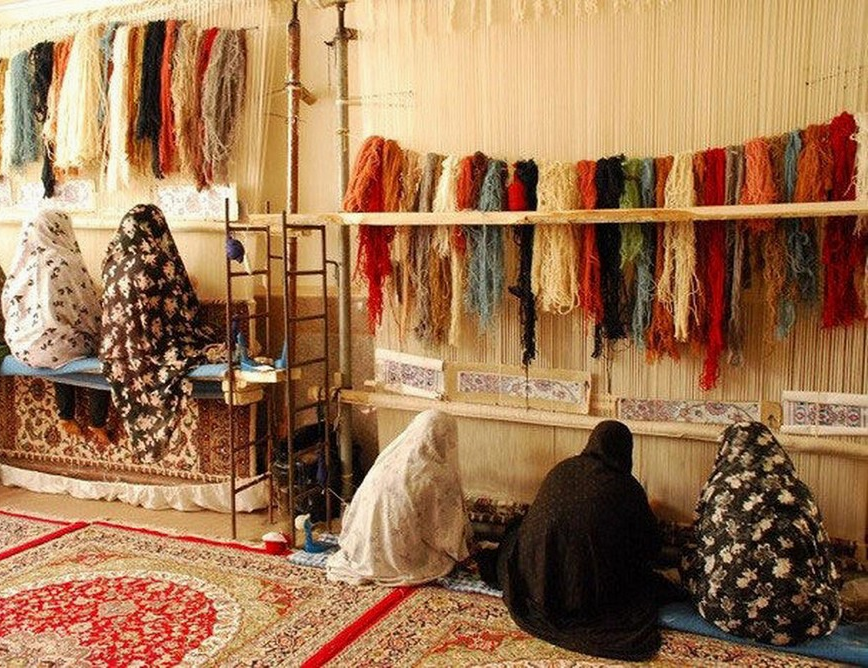
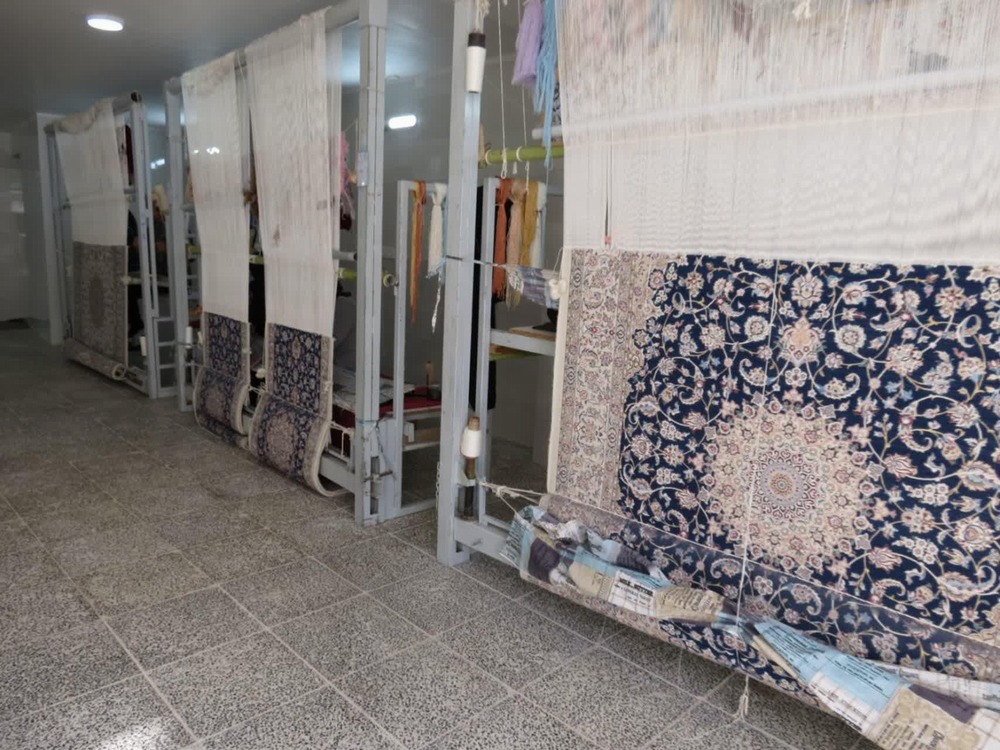
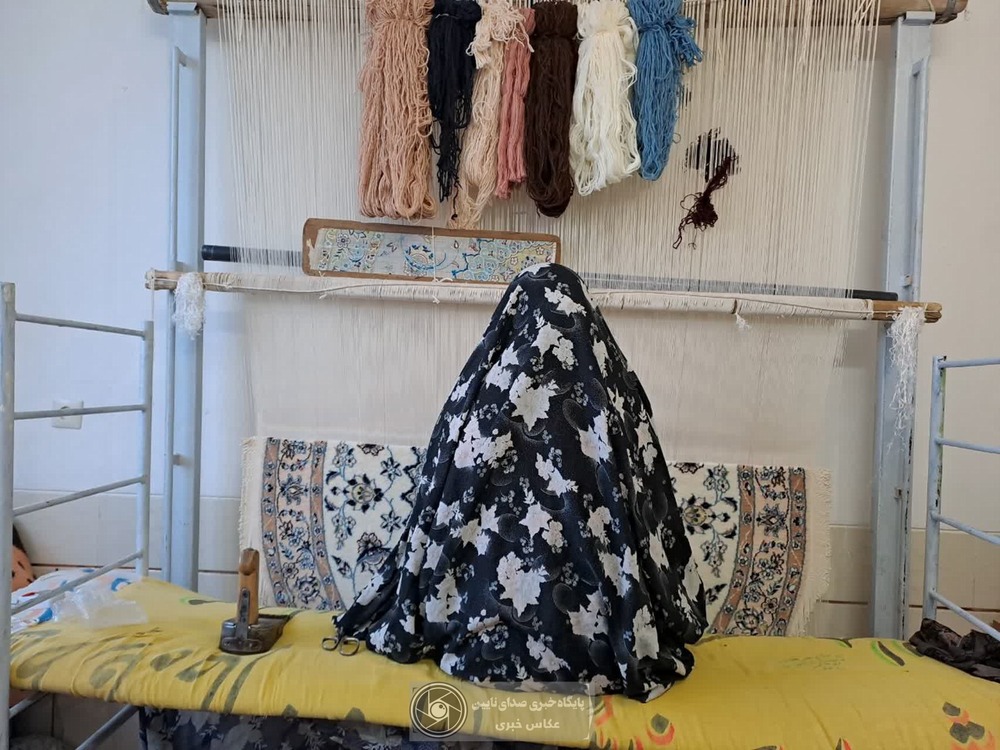
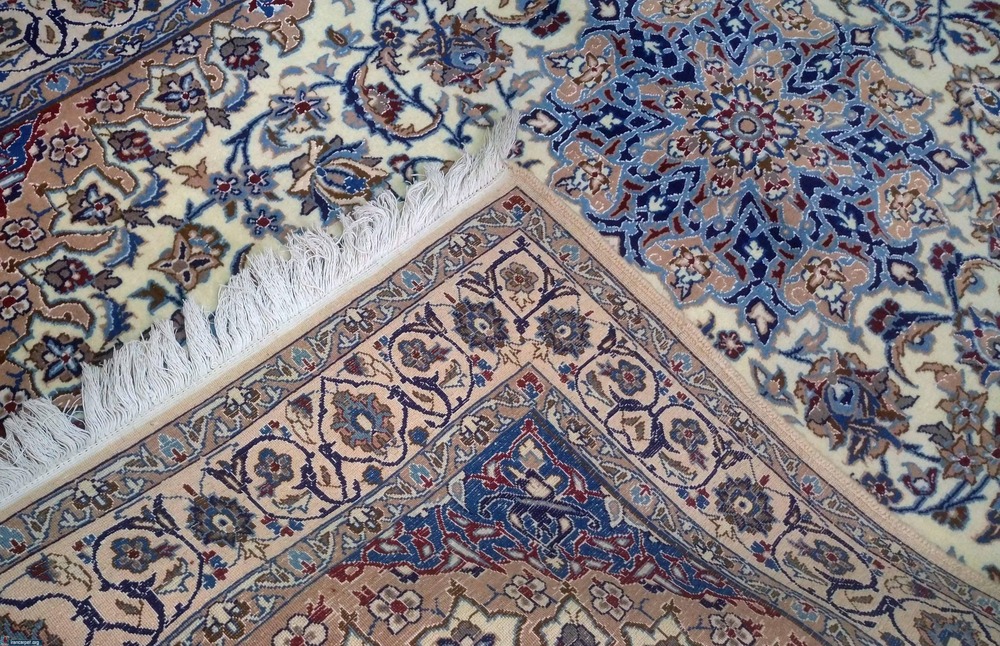




Choose blindless
Red blindless Green blindless Blue blindless Red hard to see Green hard to see Blue hard to see Monochrome Special MonochromeFont size change:
Change word spacing:
Change line height:
Change mouse type:


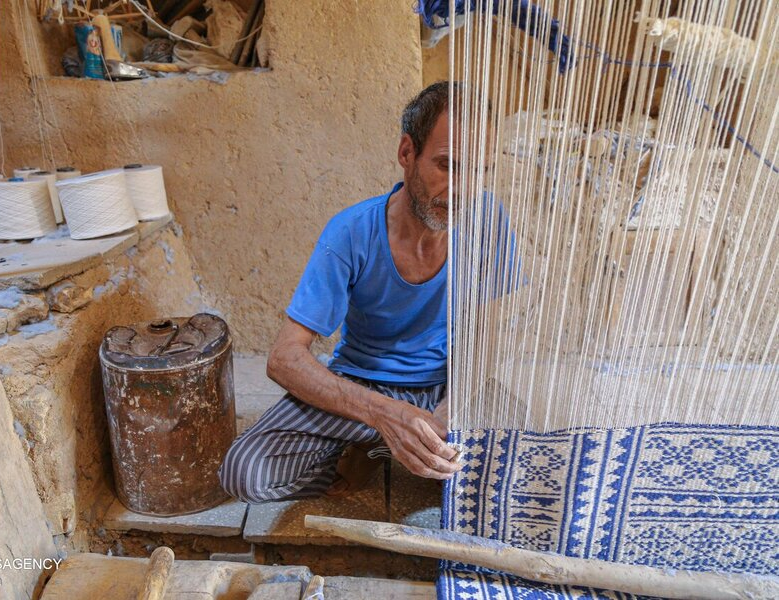
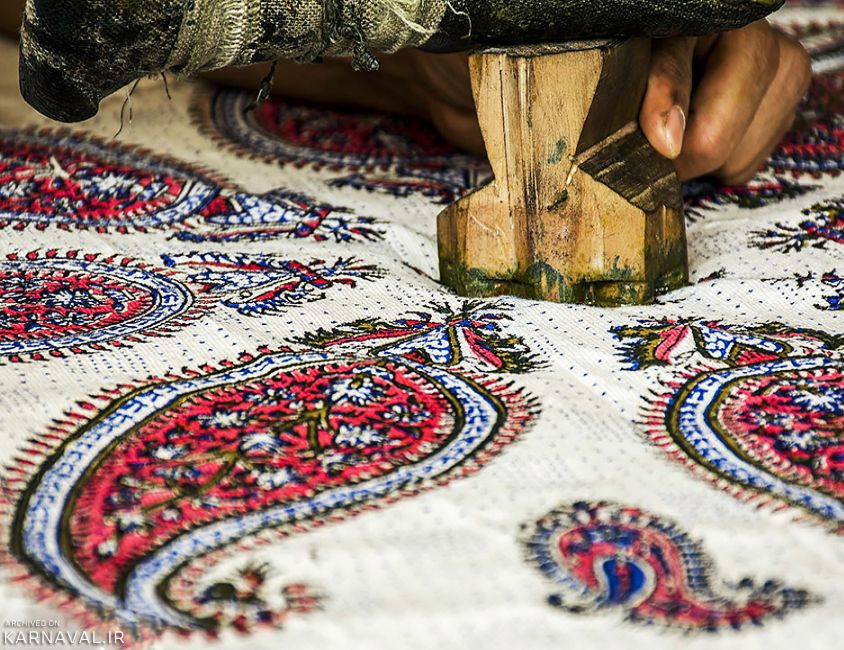
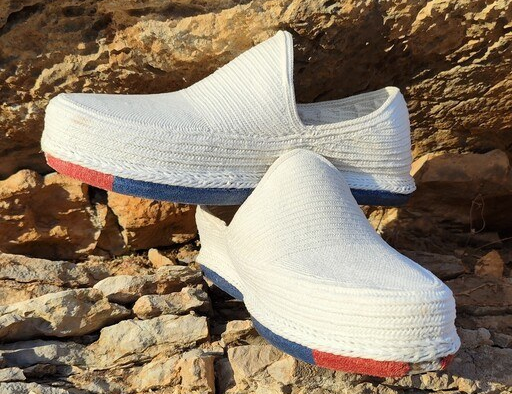
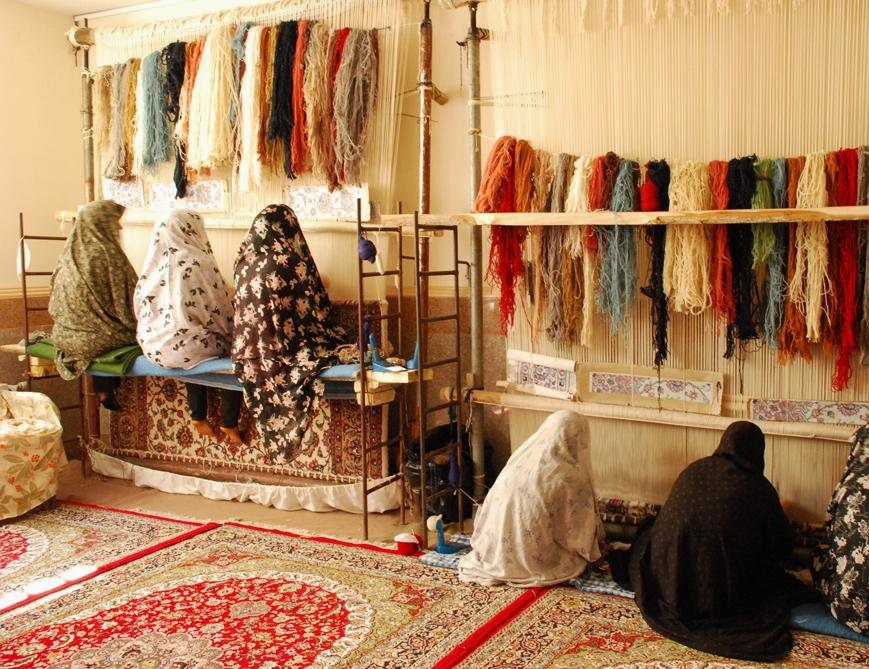
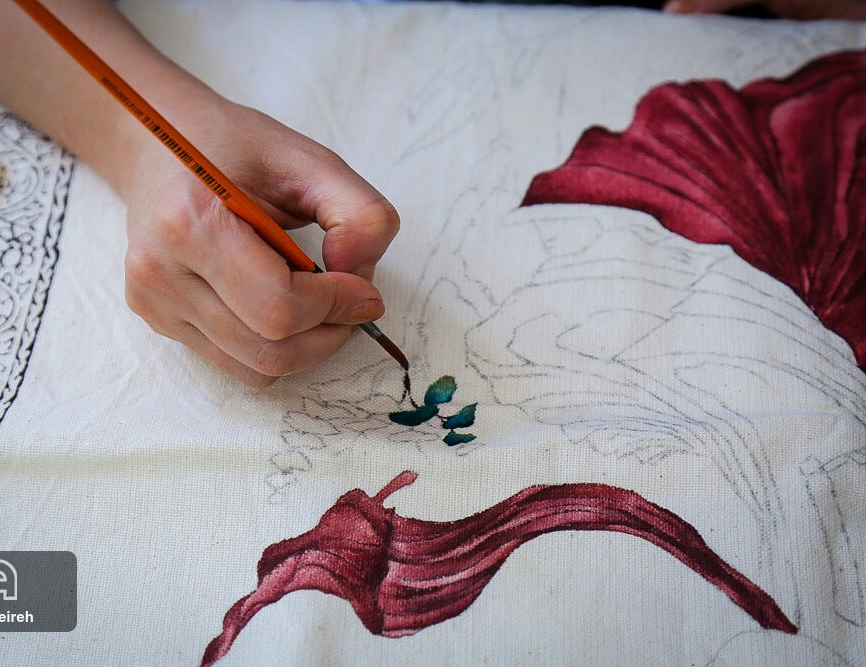

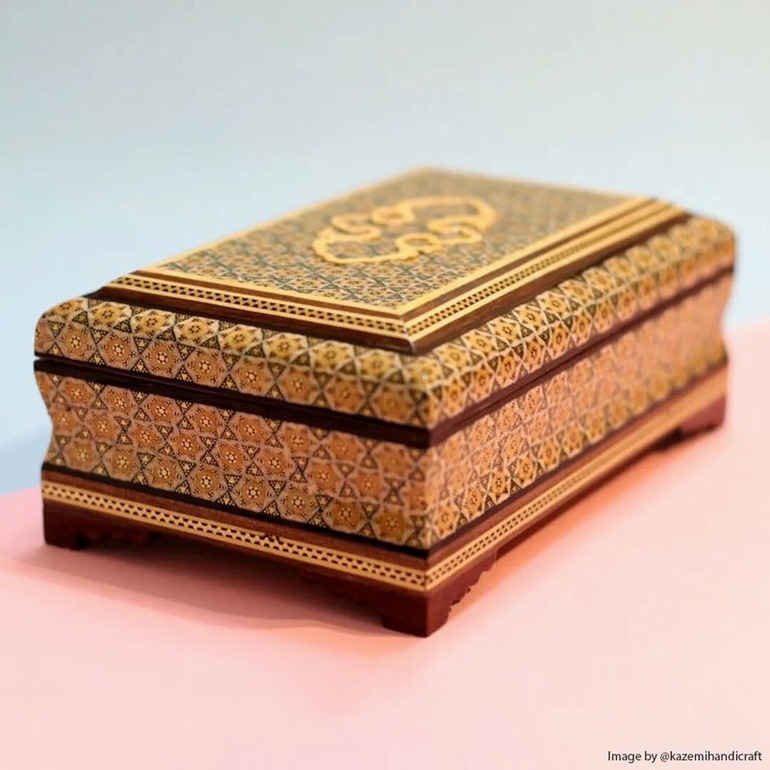
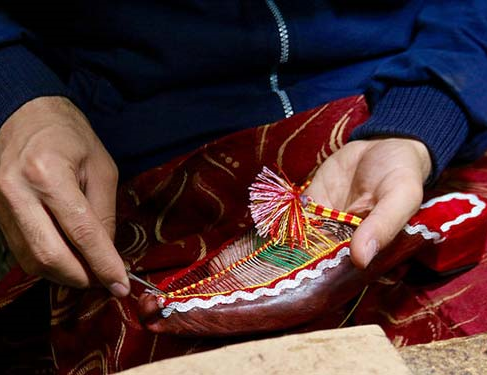
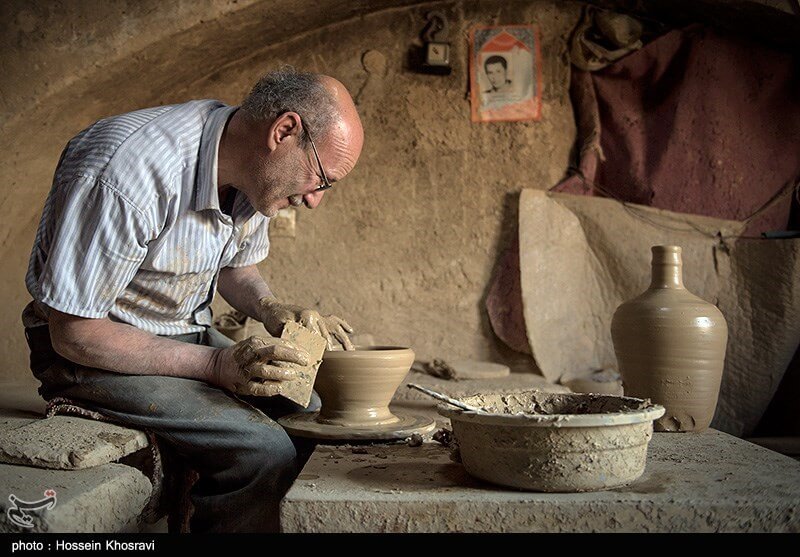
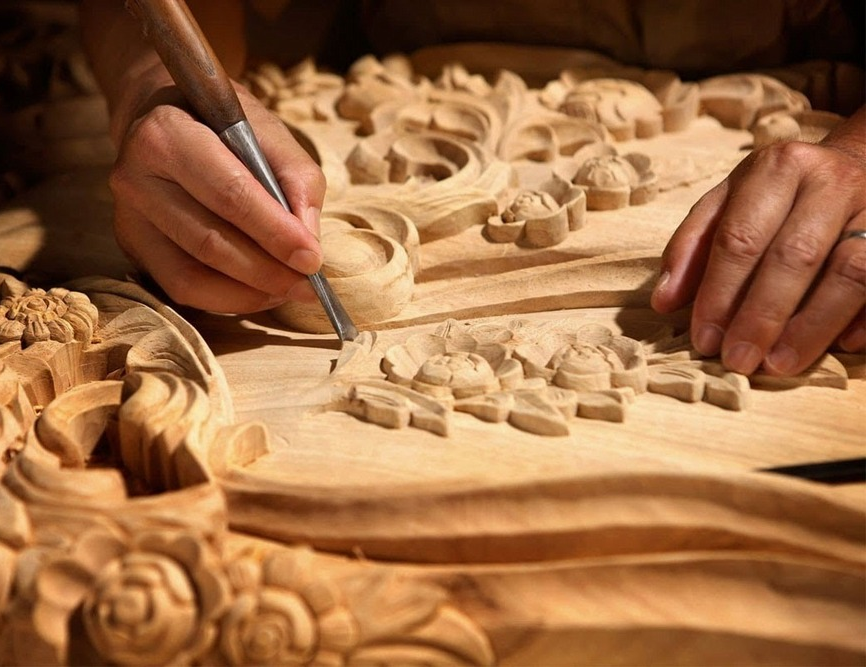

_crop_2.jpg)
